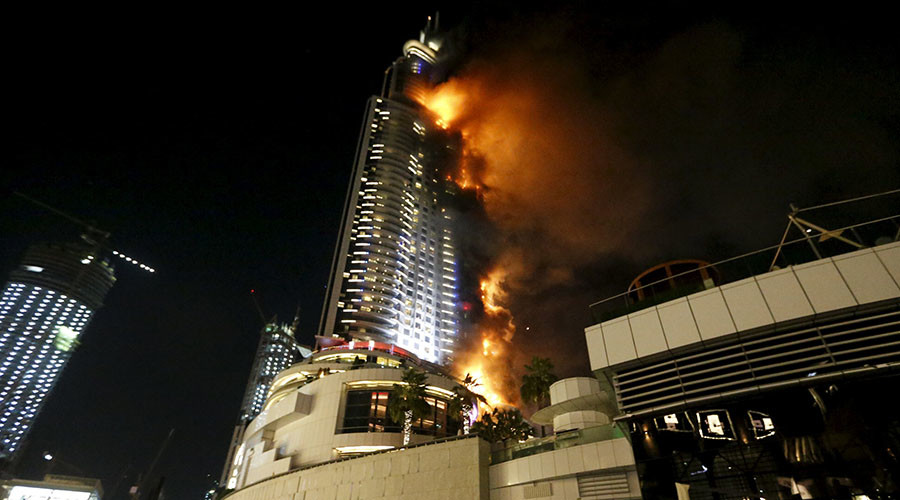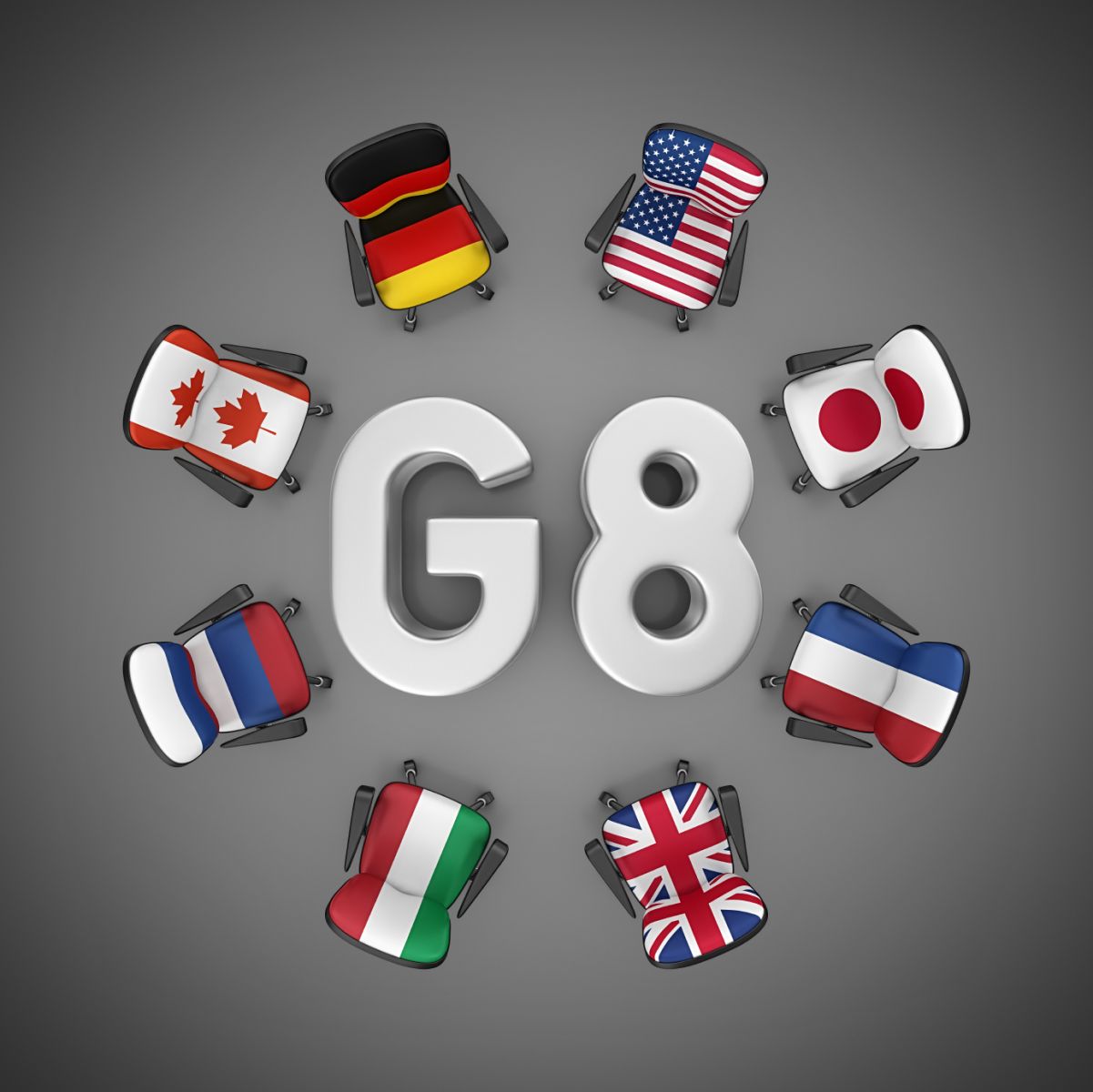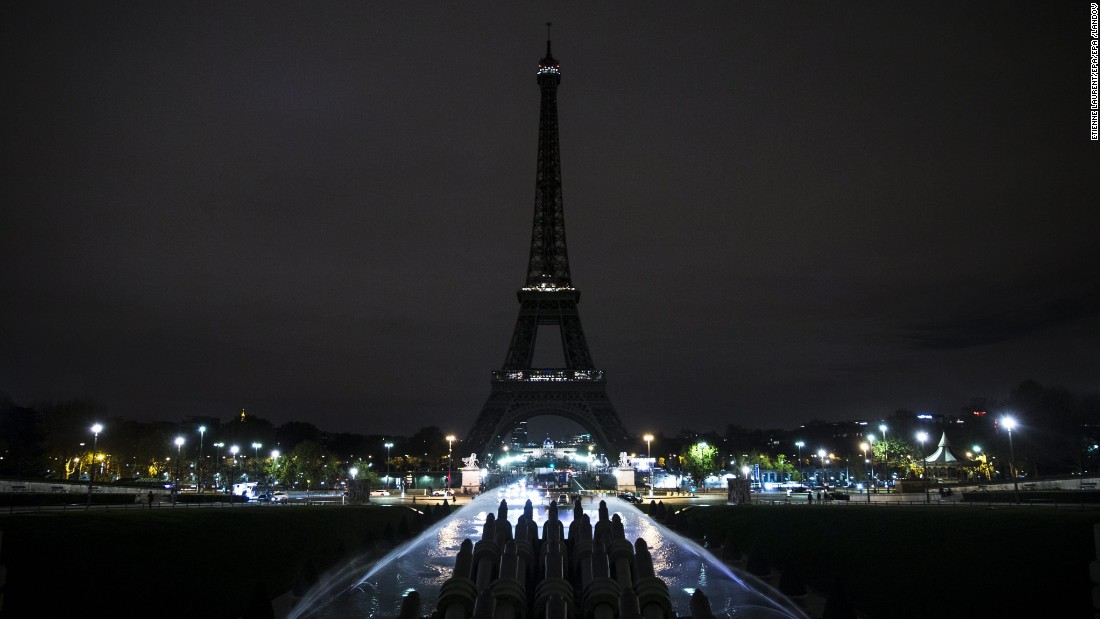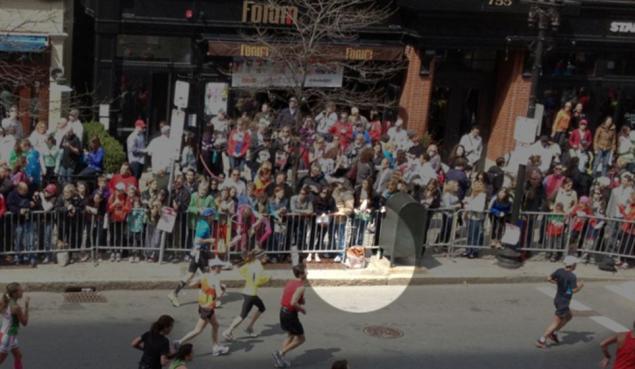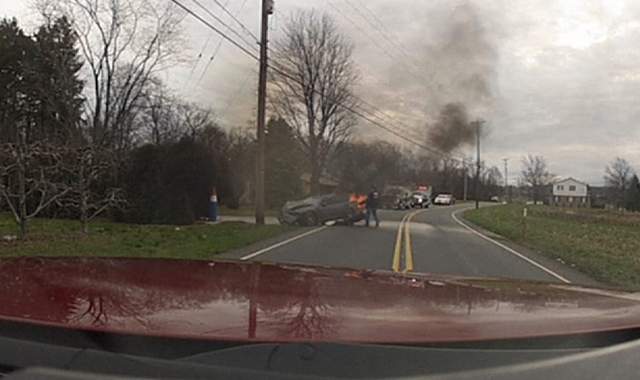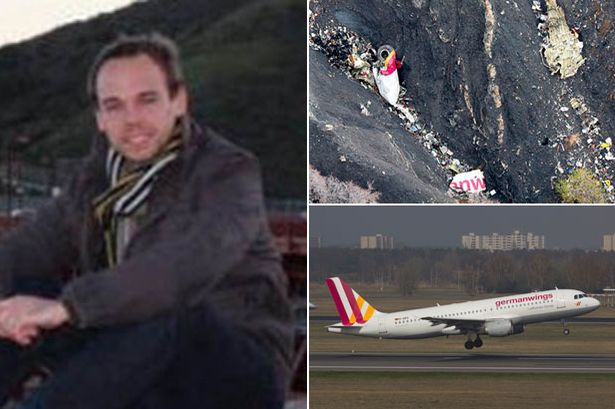Massive Fire Engulfs Luxury Hotel In Dubai
A massive fire has engulfed a 63-storey luxury hotel near the site of Dubai’s New Year’s Eve fireworks display.
The blaze ran up at least 20 storeys of the Address Downtown hotel near the Burj Khalifa, the world’s tallest skyscraper.
Dubai’s government said there had been 14 minor injuries, one person was moderately injured and another suffered a heart attack due to overcrowding and smoke at the site.
:: Briton Carries Mum Out Of Burning Dubai Hotel
The city went ahead with its New Year’s Eve fireworks displays, which started at the Burj Khalifa, just hours after the fire broke out.
The blaze, which was first reported at 9.30pm local time, started on the 20th floor on the outside of the tower, the Dubai government’s media office said.
Burning debris was seen falling from the building as firefighters raced to the scene. Four fire brigade teams and civil defence teams evacuated the hotel, the government added.
Internal fire-fighting systems were “preventing the spread of fire inside the hotel”, it said.
It is understood that Dubai Mall, next to the hotel, was evacuated.
The Dubai government media office said that 90% of the fire was under control, adding: “New Year celebrations in Dubai will continue as scheduled.”
Kenneth Flynn, who had been in the hotel just before it was evacuated, told of panic and “people crushing each other” trying to get out of the hotel.
He told Sky News he had been about two storeys up having a drink with his partner when she “noticed something falling from the building”.
“When we walked out, the whole building was just ablaze. It was unbelievable,” he said.
“The heat was so intense.
“People started to panic, crushing each other trying to get down the stairs.”
Angus Villar had been on the 15th floor of the building pouring champagne as he and his family prepared to celebrate the New Year.
He told Sky News that his father had gone out on to the balcony before returning to say there was a fire but Mr Villar said he had thought at first that his father was joking.
Shortly afterwards, however, he realised the fire was real and joined the hundreds of people trying to get out of the hotel via the stairs.
Mr Villar had to carry his mother, who uses a wheelchair, on his back.
He said there had been no other warning of the fire, adding: “It is slightly worrying that the alarm went off when it was properly on fire.”
Within minutes of news of the fire, many Dubai residents began to tweet offering beds to those evacuated from the hotel, using the hashtag #NeedAnAddress, but the Dubai government has also said it will give residents of The Address alternative hotel accommodation.
He said he had heard no fire alarm, adding: “I was absolutely terrified”.
Another witness, Lynn Van Jarsfeld, who was also in the building, said: “I don’t know how everyone would have got out – it just took so quickly.”
After 2 weeks of investigation are some of the findings
Dubai probes New Year’s Eve hotel blaze
Incident raises new questions on safety for those living in the Gulf state after fire hurts at least 16 people.
DUBAI // Cladding on The Address Downtown Dubai facade did not meet fire safety requirements, a preliminary on-site inspection revealed.
Although the cause of the New Year’s Eve blaze has yet to be confirmed, a senior Civil Defence official said the cladding that lined the outside of the 63-storey hotel did not meet standards.
“The cause of the fire and the primary observations can only be confirmed when the final investigation is completed by the Dubai Police. Our primary on-site initial inspection on the fire at The Address hotel was that the cladding does not meet the required specifications,” said Lt Col Jamal Ahmed Ibrahim, director of the preventive safety department for Dubai Civil Defence.
He was speaking on the sidelines of a meeting to announce next week’s Intersec 2016 security conference and exhibition.
The hotel’s developer, Emaar, said it would wait for the final report.
“All our buildings are developed as per the specifications by the concerned authorities. The buildings are tested periodically and cleared for adhering to the regulatory standards,” a spokeswoman said.
“We will await the final and official report instead of speculating.”
Lt Col Ibrahim said the exterior and interior of all buildings would now be surveyed to check if they were fire-safe following The Address fire.
Owners and developers would be allotted a time frame to adhere to recommended alterations, ranging from changing the facade to installing fire protection barriers.
A new fire safety code to be released in March will put responsibility on owners and consultants in the event hazards identified are not fixed.
“The second day after the fire we held meetings so this does not happen again. We will start a survey for all buildings, not just in Dubai, to find solutions. Each building will have a different solution,” Lt Col Ibrahim said, adding more attention would be paid to buildings with cladding.
“We will find out if cladding is approved, installation is OK. The law is very clear that the owner is responsible for the building so after the survey if some issue is found, the owner will have to replace what needs to be replaced. We are focused on saving lives; that is important to us.”
Fourteen people suffered minor injuries, one person was moderately injured, while another had a heart attack in The Address blaze hours before New Year’s Eve fireworks at the nearby Burj Khalifa.
The new safety changes are being relayed through meetings with developers, which took place on Monday, workshops for cladding suppliers yesterday and municipalities today.
The updated code will state the final facade product must be tested and consultants will be responsible for the structure for at least a year after project delivery.
The 2012 Tamweel Tower blaze that left hundreds homeless was fuelled by combustible aluminium panelling.
With the nationwide 2012 Fire and Life Safety code, authorities sought to phase out non-fire-rated cladding, consisting of a combustible thermoplastic core sandwiched between aluminium sheets. But concern remained about structures predating the code.
Citing the Tamweel repair work, Lt Col Ibrahim said Civil Defence insisted that cladding on all four sides be replaced instead of only the fire-damaged section. Refuting expert estimates that between 65 per cent and 70 per cent of UAE buildings had some form of aluminium panels surrounding a thermoplastic core, Lt Col Ibrahim said only 10 per cent to 20 per cent were covered with cladding.
Plans were also announced to improve safety awareness.
“We will train 1,000 fire fighters every year compared with 300 national recruits trained currently,” said Aiad Mushaikh, project director of the Emirates Academy of Civil Defence Sciences.
“Public fire safety courses will be increased to cover 400,000 per year by 2020 from the 120,000 [at present]. We want people to know how to use fire extinguishers and be safety officers.”

